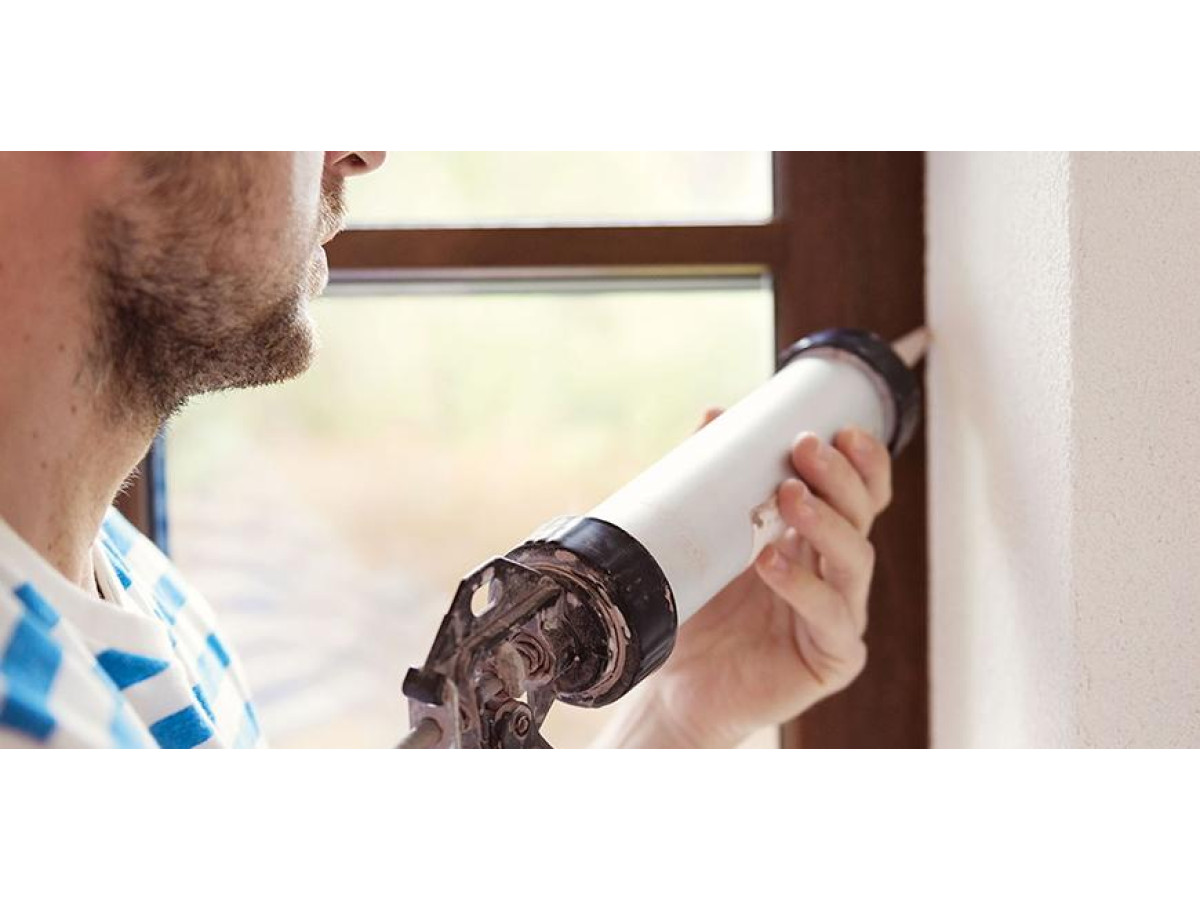Sealants are indispensable in the construction and repair industry. They provide reliable sealing of seams, windows, doors and other elements. There are different types of sealants, among which acrylic and silicone are particularly popular. What is the difference between them?
Acrylic sealants are water-based and contain acrylic polymers. They are distinguished by:
- do not contain toxic substances.
- retain a certain flexibility after drying.
- can be painted after drying.
- are ideal for interior work.
Silicone sealants are based on silicone polymers. Their characteristics:
- are excellent at resisting water.
- are effective in a wide range of temperatures.
- are able to stretch and retain their shape.
- are often used in outdoor applications and in wet conditions.
Differences between acrylic and silicone sealant
Chemical composition:
- Acrylic sealants contain acrylic polymers and are water-based. They usually include acrylic resins, plasticisers and various additives.
- Silicone sealants consist of silicone polymers. The main components are silicone bases, rubbers and silicate fillers.
Physical properties:
- Acrylic sealants:
- They have less elasticity than silicone ones.
- Less resistant to UV radiation and temperature changes.
- May shrink after drying.
2. Silicone sealants:
-
- High elasticity and flexibility.
- Excellent resistance to UV radiation, temperature fluctuations and ageing.
- Less prone to shrinkage and deformation.
Waterproof and moisture resistant:
- Acrylic sealants are less waterproof and moisture resistant, so they are better suited for interior work.
- Silicone sealants are excellent at resisting moisture and water, making them an ideal choice for bathrooms, kitchens and outdoor applications.
Environmental friendliness and safety:
- Acrylic sealants are considered to be more environmentally friendly and less toxic than silicone sealants because they are water-based.
- Silicone sealants can emit volatile organic compounds during drying, which requires additional ventilation.
Scope of application:
- Acrylic sealants:
- Suitable for joints that are not subjected to heavy mechanical loads.
- Often used for joints inside the house.
- Silicone sealants:
- Ideal for high humidity conditions and for outdoor use.
- They are often used to seal windows, doors, and plumbing.
Compatibility with materials:
- Acrylic sealants adhere well to porous surfaces such as concrete, wood, plasterboard.
- Silicone sealants have better adhesion to non-porous surfaces such as glass, ceramics, and metal.
Painting:
- Acrylic sealants can be painted after drying, which makes them convenient for use in interiors.
- Silicone sealants are usually not intended for painting.
Drying time:
- Acrylic sealants dry faster than silicone sealants.
- Silicone sealants take longer to dry completely.
How to apply sealants?
Application procedure:
- Surface preparation. Clean and degrease the surface.
- Apply the sealant. Use a sealant gun to apply the sealant evenly.
- Levelling. Smooth the sealant with a trowel or wet finger.
- Drying. Allow the sealant to dry completely.
These simple tips will help you choose and apply the right acrylic and silicone sealants for your construction and repair needs.
.svg)

Write a comment